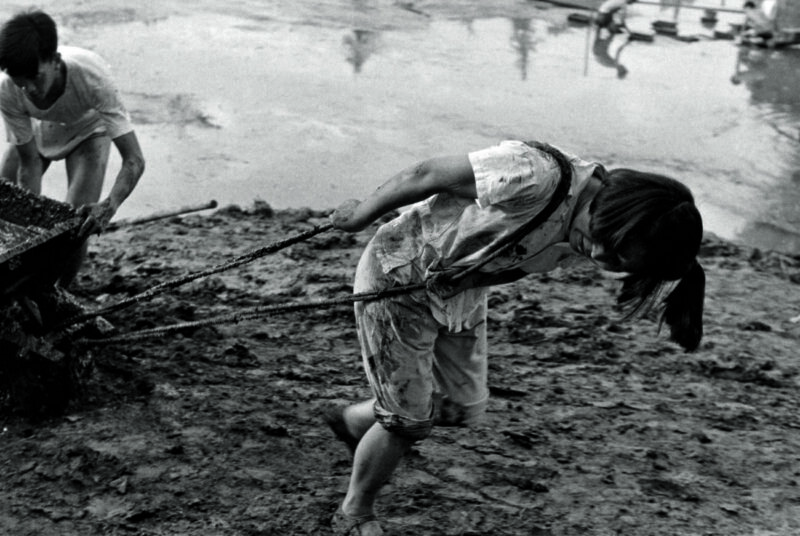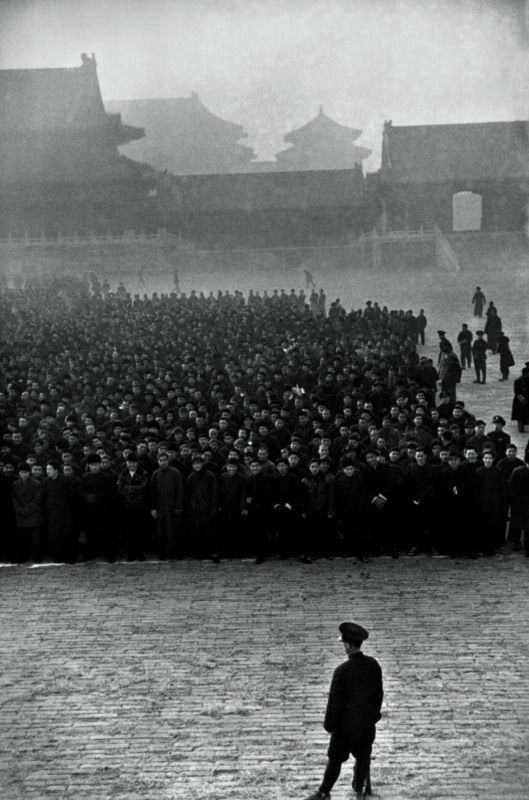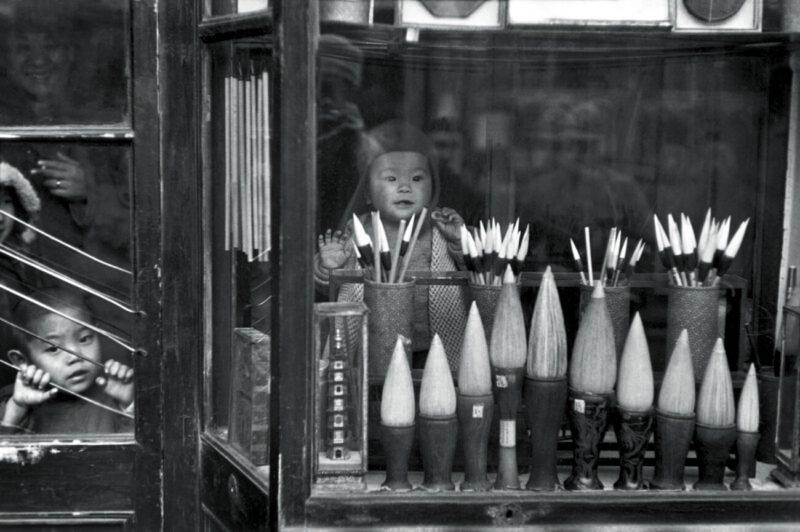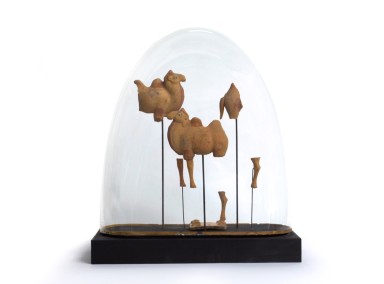Until the 3rd of July Henri Cartier-Bresson exhibition is on display at Mudec Museum in Milan
After hosting Dhruv Kapoor’s fashion show a few days ago, Milan’s Mudec museum welcomes visitors as an important exhibition space. Until July the 3rd, it will be possible to see the exhibition Henri Cartier-Bresson. China 1948-49 | 1958, a retrospective that brings together more than 100 original prints made by the famous French photographer during two trips to the East. Produced in collaboration with the Henri Cartier-Bresson Foundation and curated by Michel Frizot and Ying-Lung Su, the temporary exhibition celebrates Bresson’s unique style of capturing the immediacy and truthfulness of the “Decisive Moment.” In this perspective, the use of black and white in his photographs allows him to highlight the form and substance of reality, so as to capture the contemporaneity of things and life.

The exhibition presents the shots taken by Cartier-Bresson during his journeys to China. In 1948, “Life” magazine commissioned the French photographer to report on the “last days of Beijing” before the arrival of Mao’s troops. The planned two-week stay lasted ten months instead.
During his staying, Cartier-Bresson documented the fall of Nanjing, ruled by the Kuomintang, and he remained for four months in Shanghai, leaving the country just days before the proclamation of the People’s Republic of China (Oct. 1, 1949). Bresson’s reportage became extremely popular and he was seen as one of the innovators of the history of photojournalism. The Frenchman’s style was innovative, less tied to events, more poetic and detached, attentive as much to the subjects portrayed as to the formal balance of the composition.
Ten years later, in 1958, Cartier-Bresson went on the road again, this time in an entirely different situation: for four months, obligatorily accompanied by a guide, he traveled thousands of kilometers in China to visit selected locations, steel complexes, large dams under construction, oil wells, and rural villages born out of the wake of the “Great Leap Forward.” The aim was to document the outcomes of the Revolution and the forced industrialization of rural regions. In his photographs, Bresson also shows the drawbacks: the exploitation of human labor, military control, the omnipresence of propaganda. Once again, the 1958 China reportage had great editorial success, with publications planned on an international scale. Bresson’s work had such a relevance that it marked Western imagery relating to Mao’s China until the 1970s.

Beyond the dazzling beauty of Bresson’s shots, the exhibition at Mudec is important because it let us understand the contemporary. Reportages in China reveal the secrets of a part of the world often ignored by the West. Mudec offers visitors an intimate look at a culture that often has to face the prejudices and preconceptions of European culture. From a curatorial point of view, certainly the temporary exhibition has some flaws. However, it suggests to the visitor a novel way of looking at those who are different from us. Bresson’s work represents a constructive encounter between distant and different cultures, testifying how everyone could be a citizen of the world and no one should be marked as foreigner. The war on Europe’s doorstep, like any other conflict anywhere in the world, reminds us that peaceful coexistence is still a utopia. Man still has much, too much, to learn from the mistakes of history of mankind. That is why the exhibition at Mudec is worth a visit. Henri Cartier-Bresson’s photographic reportage should serve as a memorandum for a shared humanity.



